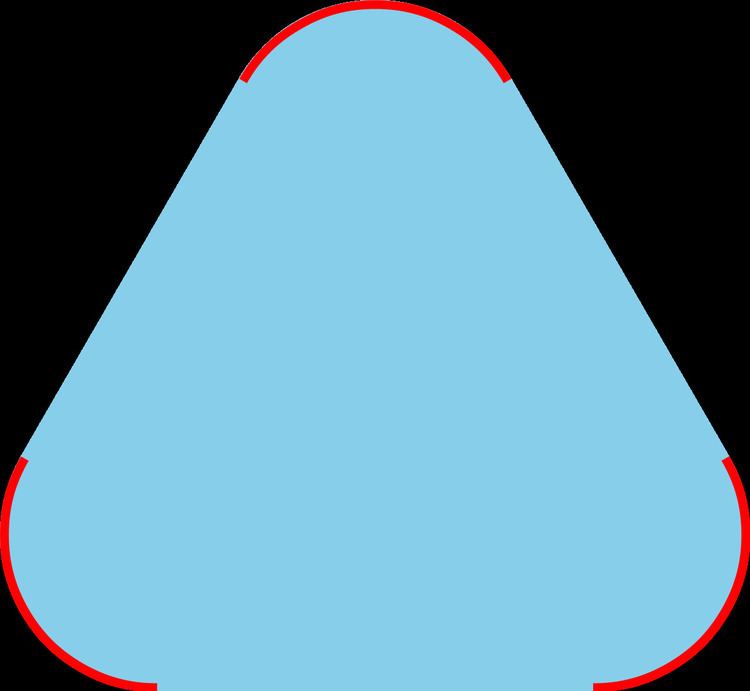 | ||
In mathematics, an extreme point of a convex set S in a real vector space is a point in S which does not lie in any open line segment joining two points of S. Intuitively, an extreme point is a "vertex" of S.
The Krein–Milman theorem is stated for locally convex topological vector spaces. The next theorems are stated for Banach spaces with the Radon–Nikodym property:
Edgar's theorem implies Lindenstrauss's theorem.
k-extreme points
More generally, a point in a convex set S is k-extreme if it lies in the interior of a k-dimensional convex set within S, but not a k+1-dimensional convex set within S. Thus, an extreme point is also a 0-extreme point. If S is a polytope, then the k-extreme points are exactly the interior points of the k-dimensional faces of S. More generally, for any convex set S, the k-extreme points are partitioned into k-dimensional open faces.
The finite-dimensional Krein-Milman theorem, which is due to Minkowski, can be quickly proved using the concept of k-extreme points. If S is closed, bounded, and n-dimensional, and if p is a point in S, then p is k-extreme for some k < n. The theorem asserts that p is a convex combination of extreme points. If k = 0, then it's trivially true. Otherwise p lies on a line segment in S which can be maximally extended (because S is closed and bounded). If the endpoints of the segment are q and r, then their extreme rank must be less than that of p, and the theorem follows by induction.
